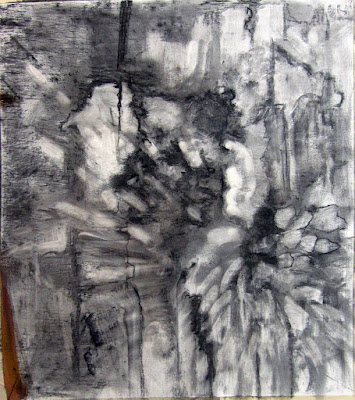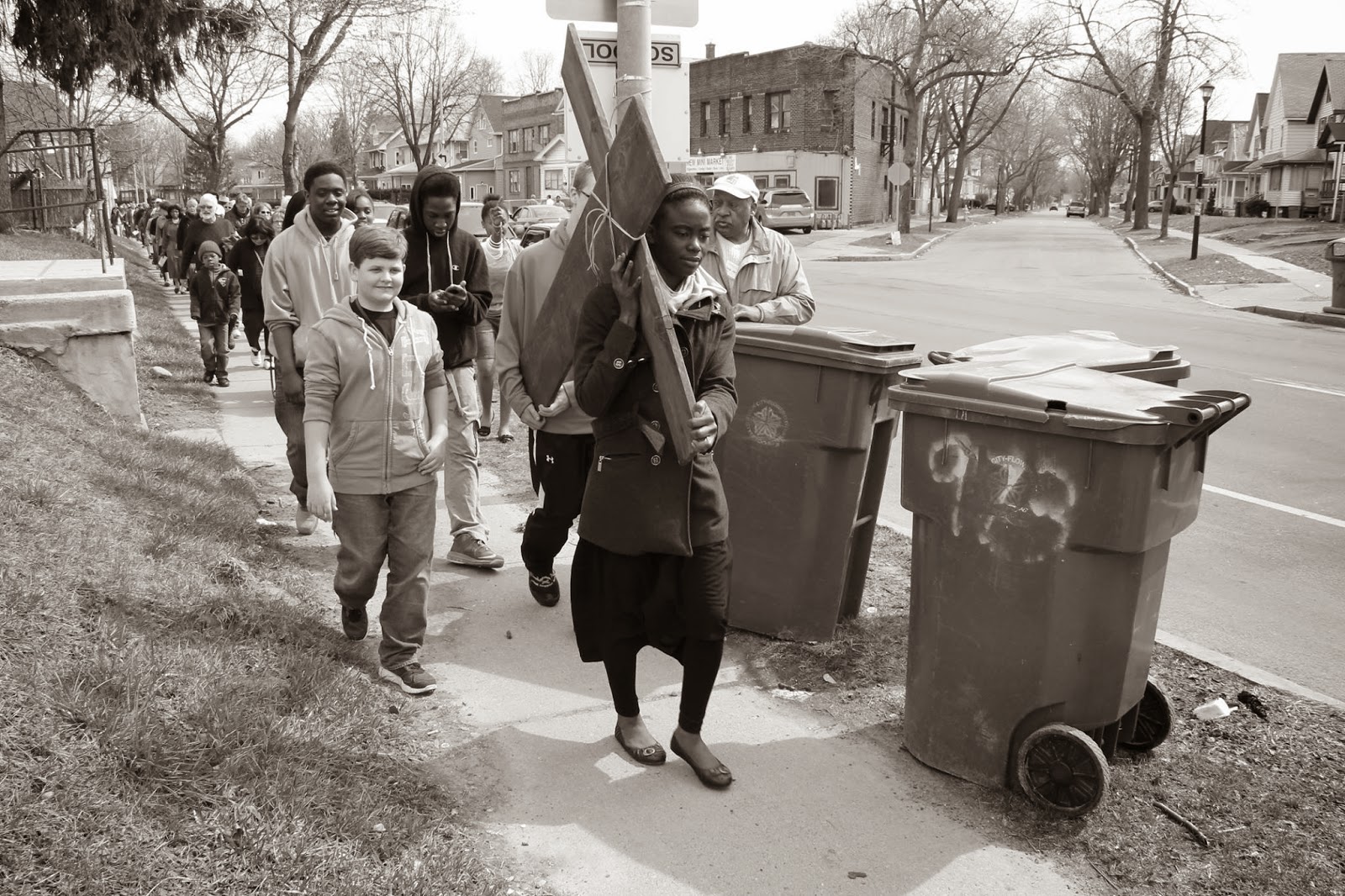The essential principle for learning is to keep on doing it until the light clicks on.
 |
| Samantha East just started painting this year. So far, so awesome. |
I try to link my Monday Morning Art School blog posts to what my students will be studying in the coming week. This week, we’re working on color mixing. Everything I want to say about the subject is here. Since I wrote that just six months ago, I want my students to reread it. Meanwhile, I will address a more important question: how to succeed in painting.
There are many reasons people quit art classes, including overload in other areas of their lives. Most commonly, however, they either need time to integrate what they’ve already learned, or they realize that their interest in painting isn’t a passion.
 |
|
It’s all about process. Samantha’s thumbnail, about which she writes, “loving this tool, it’s already saved me from myself several times.” |
My classes have been full all year (and yes, that opening in the night class was snapped up). That has caused a kind of winnowing effect—the people who stay are very focused. That in turn raises the rate at which we’re learning, which in turn increases the pressure. It’s exhilarating.
The amount of time students can invest in painting varies, of course. Some are working and some are retired. But all of them are highly motivated.
 |
| And, yeah, I make them work through the subject in monochrome first. |
That means they often solicit my opinion after class is done. I’m happy to comment, although sometimes my responses may seem terse. (I’m not that good at typing on my phone.) Often, the student knows the answer before they hit ‘send’ but it helps to have me verify it.
Ask questions. Lots of them.
Nobody writes more frequently or extensively than Samantha. We met aboard the good ship American Eagle during one of my Age of Sail watercolor workshops. She was not in the class, but she buzzed me with questions. I’ve since learned this is her modus operandi, and it’s key to her success in life.
We had very little contact again for more than a year, when she signed up for a Zoom class and then my workshop in Tallahassee. Samantha has since thrown herself into painting. Most weeks, she sends me a precisof her work. That’s in lieu of posting in our class group on Facebook, because she doesn’t do social media. Which leads me to tip #2:
Seek and accept criticism.
My students have a closed FB group. It’s where they share their finished work. That requires that they trust others to be kind but honest. That’s relationship, and it doesn’t come from social media.
 |
| Samantha’s watercolor, which she didn’t like but I did. |
The students who will stumble are the ones who take correction with, “yes, but…” I wince when I hear it, because I have a very strong streak of that in myself. It impeded me for many years.
Play your scales
Samantha was recently unhappy with her trees and shrubs. She sat down with Google and YouTube to methodically investigate what others say about painting trees. Then she practiced them, over and over.
“Dern useful, I must say,” she concluded. “I feel like my chances of producing an aesthetically-pleasing and reasonably-accurate tree are now a lot better.”
 |
| If your trees are poor, then study trees. |
Revel in your own successes
“I’m pretty happy with this painting,” Samantha told me recently. Then she told me that she didn’t like her watercolor version at all. I strongly disagreed, because I felt the second painting had compelling atmosphere and cohesion. Part of learning is being able to see through someone else’s eyes.
It’s fun to do something well. Too much humility can suck the joy out of anything.
Rinse and repeat
“I remain grimly undaunted,” Samantha told me. “I figure if I keep plugging away at it I’ll eventually get it.” I’m amused by the ‘grimly’ in a woman who’s so full of joy, but she just stated the essential principle for learning: keep on doing it until the light clicks on.














